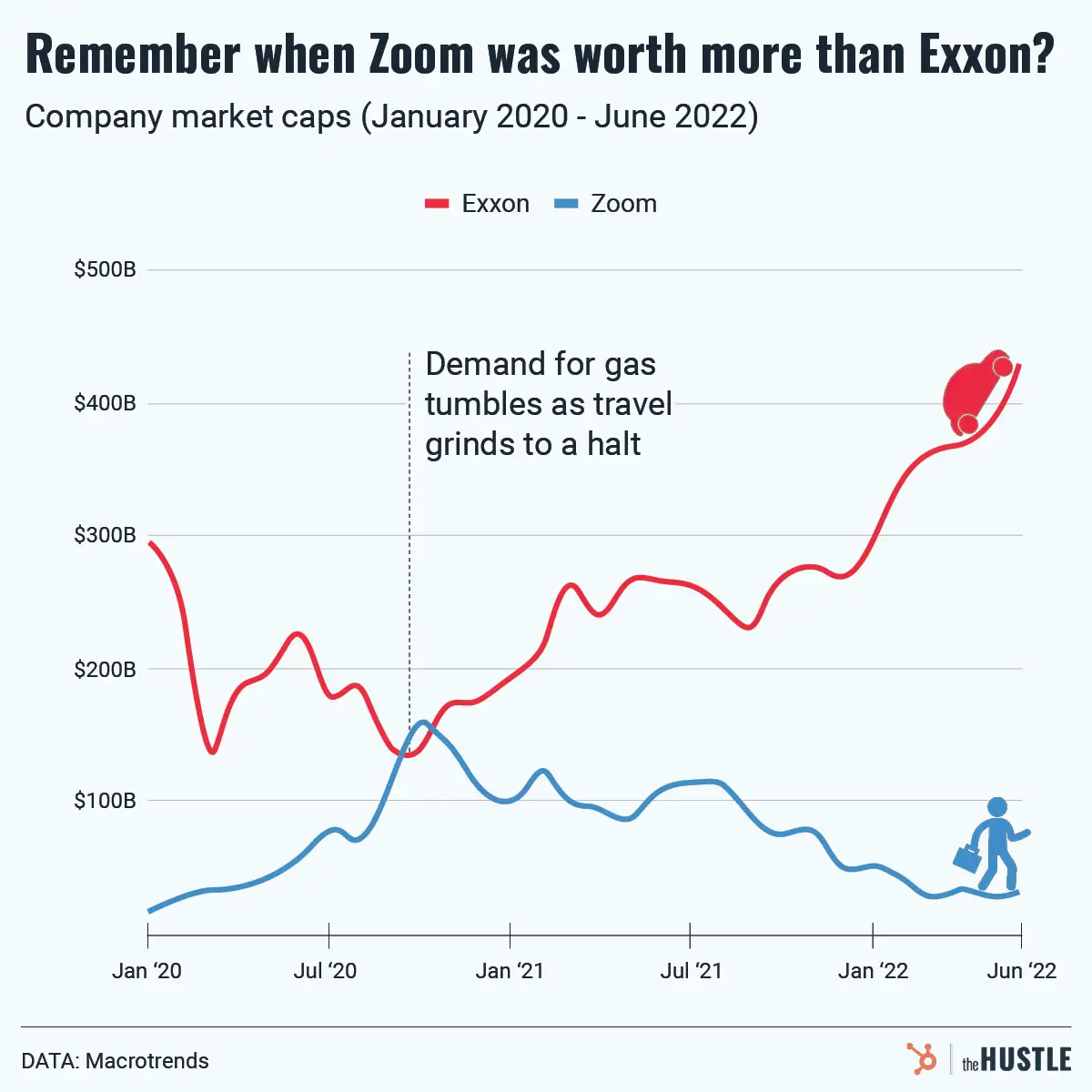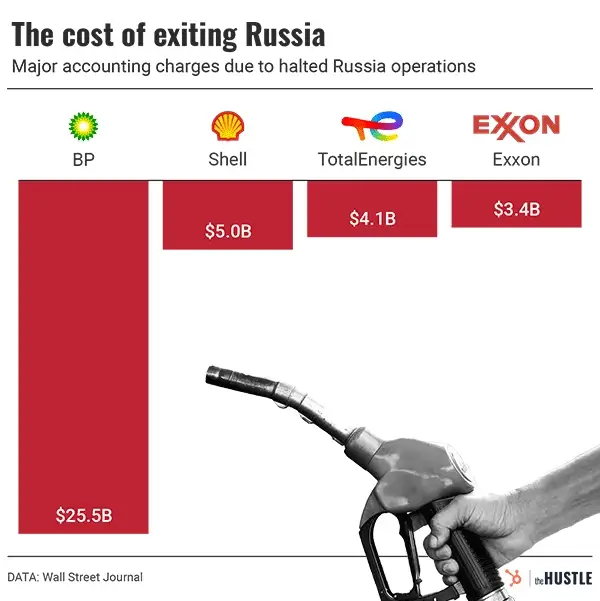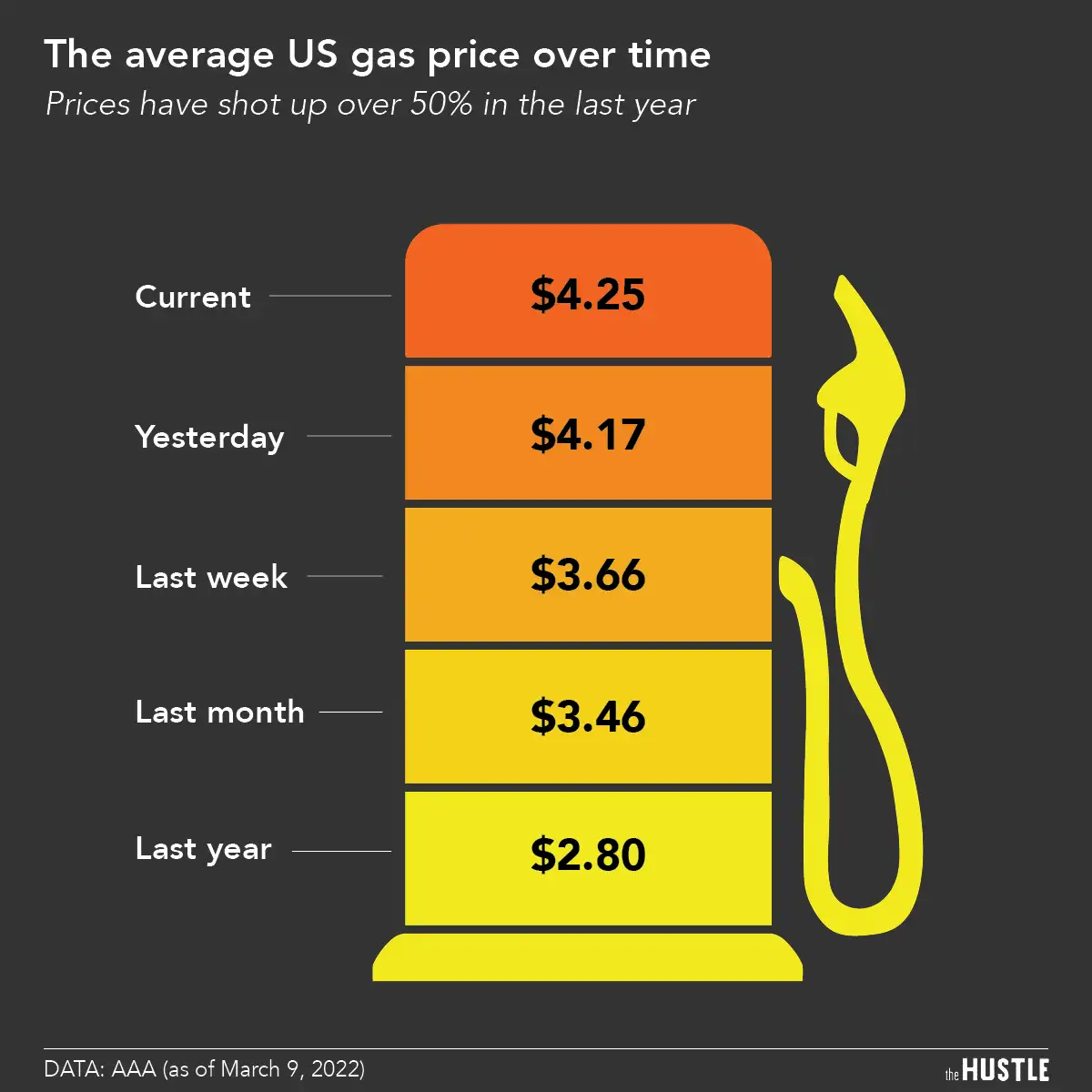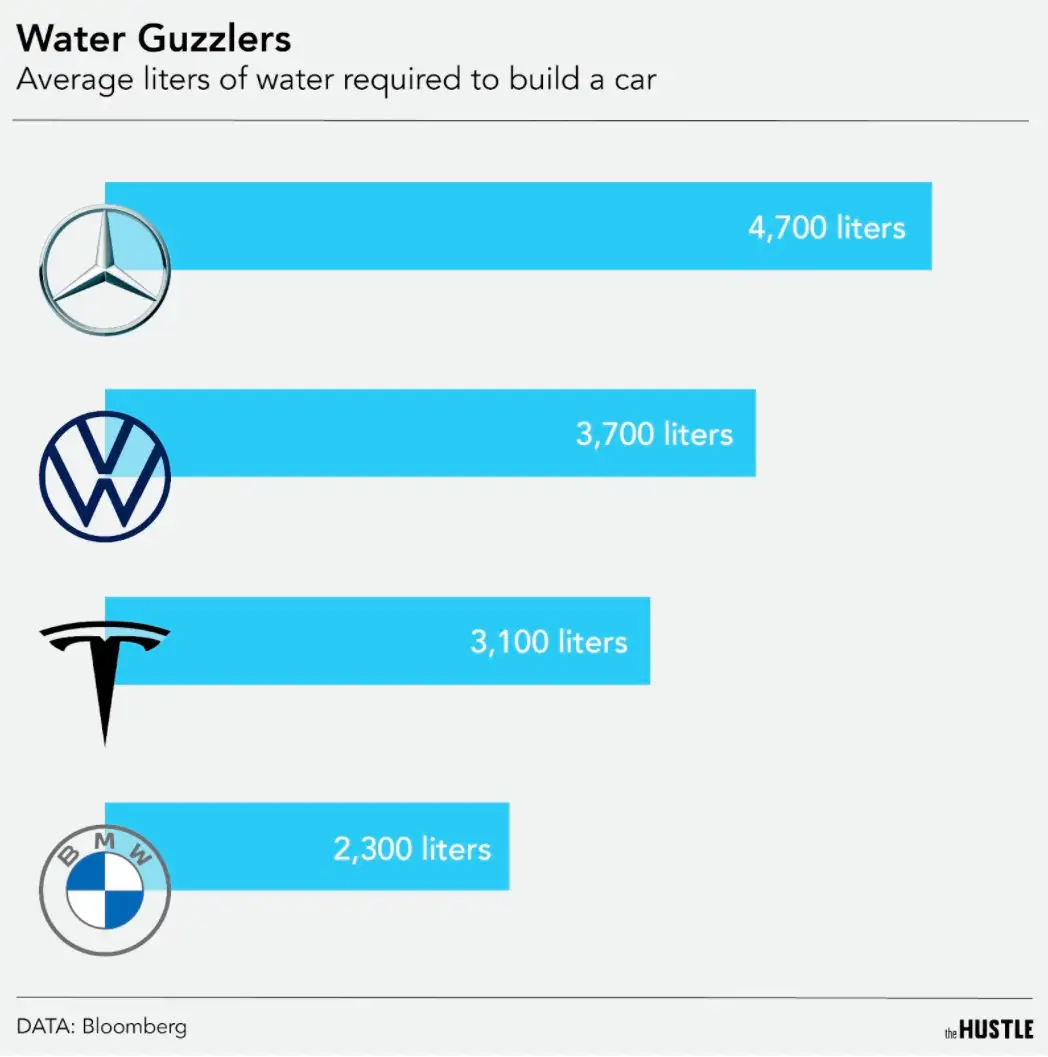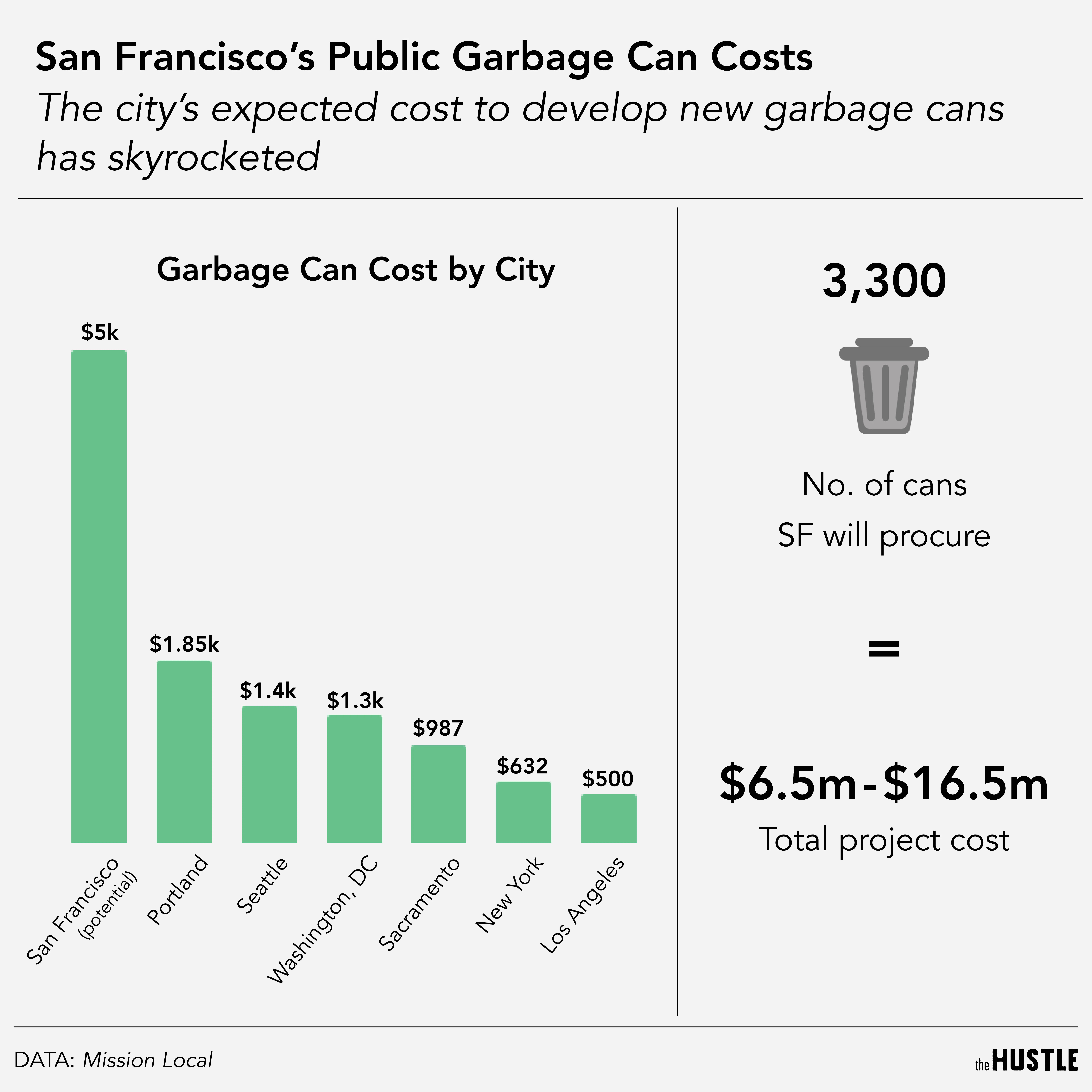Photo: Benjamin Lowy/Getty Images

If you’re thinking, “What the heck is a landman?” you’re not alone.
Landmen are a part of a geographically niche industry that might ring a bell if you’re from an oil-rich part of America. But today, as oil demand cools and renewables heat up, these workers are facing new challenges.
What do landmen do?
Traditionally, landmen track down landowners whose properties sit on oil-rich land and offer them payments for drilling rights.
As recently as 2018, rights were going for $17k per acre — and landmen were rewarded with 6-figure paychecks for their work.
But a swift shift toward renewables — and a pandemic — dropped the price of shale acreage by 70%+.
Now landmen are getting hit hard
Low demand means low prices. As a result:
- Membership in the national 12k-person landmen’s association dropped ~20%
- The US oil and gas industry lost 107k jobs in 2020, with Texas losing ~60k
But new opportunities are popping up
Between 2010 and today, the combined market caps of Exxon, Shell, BP, and Chevron (the “oil majors”) dropped from $893.9B to ~$671B. By contrast, NextEra, Enel, and Iberdrola (the “green majors”) jumped from $111.3B to ~$330B.
For landmen, a new gig platform Energy Freelance offers tech to identify previously hard-to-find contract opportunities.
And while drilling might be on the way out, deals for wind and solar are in.
Today, solar makes up just under 2% of the Texas electric grid. Translation: There’s quite a bit of room for growth.


